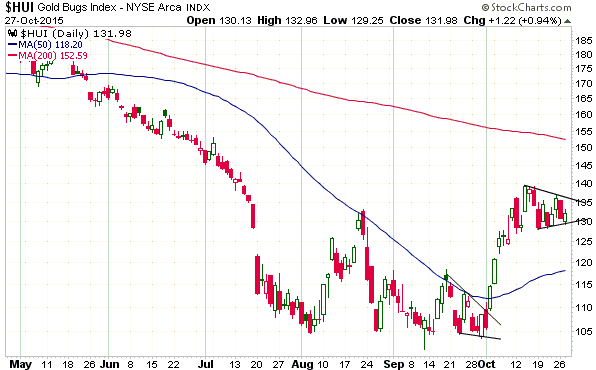Way back in early-2009 and again in mid-2012 I wrote in TSI commentaries that if the story unfolded as I expected then a lot of future economic commentary would begin with the word “despite”, and that in most cases the commentary would be a lot closer to the truth if “despite” were replaced with “because of”. For example, a comment along the lines of “despite the huge monetary stimulus the economy remains weak” would be closer to the truth if it read “because of the huge monetary stimulus the economy remains weak.”
My 2009 assessment remains applicable in that most commentators still don’t get it and still use “despite” when they should be using “because of”. They still don’t realise that pumping money into the economy falsifies prices (including the price of credit, the most important price of all) in ways that make the economy less, not more, efficient. The reality is that the more the central bank tries to stimulate the economy via ‘loose’ money, the more it will HINDER economic progress.
A sensible way to use the word “despite” is in reference to plans for future stimulus. For example, it could reasonably be said that DESPITE the lack of logical support for creating money out of nothing and the evidence that previous QE programs did not help, it’s a near certainty that the Fed will introduce a new monetisation program if the economy gets much weaker. It could also be said that the US economy’s only hope is that the remnants of capitalism are strong enough to generate sustained improvement DESPITE the price distortions caused by the Fed.
 Print This Post
Print This Post


